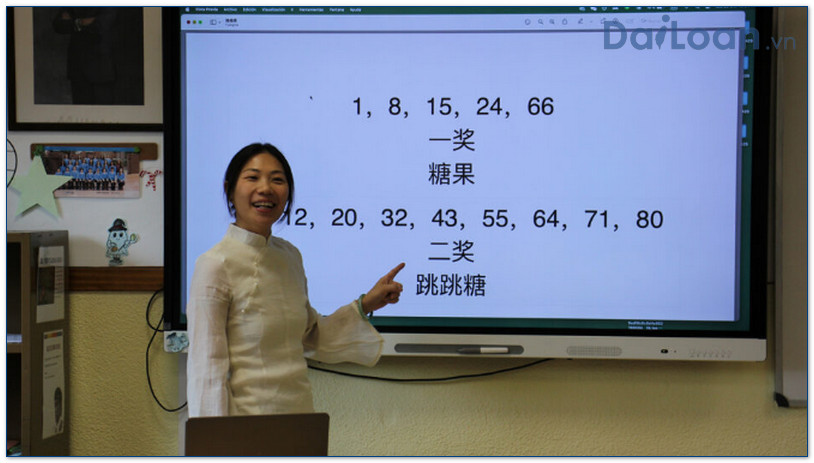When diving into the depths of the Chinese language, you’ll encounter many intriguing words that not only convey meaning but also possess rich cultural significance. Among these is 絲綢 (sī chóu), which translates simply to “silk.” However, this term is much more than a textile; it embodies a world of history, economy, and artistry in Chinese culture.
Understanding the Meaning of 絲綢 (sī chóu)
The character 絲 (sī) means “thread” or “silk” and signifies the base material, while 綢 (chóu) refers to “fine silk” or “silk fabric.” Together, 絲綢 (sī chóu) represents the luxurious and delicate fabric, renowned worldwide for its beauty and smooth texture.
means “thread” or “silk” and signifies the base material, while 綢 (chóu) refers to “fine silk” or “silk fabric.” Together, 絲綢 (sī chóu) represents the luxurious and delicate fabric, renowned worldwide for its beauty and smooth texture.
In contexts beyond textiles, 絲綢 (sī chóu) may symbolize wealth, luxury, and even the art of fine craftsmanship. Its cultural importance stretches back to ancient China, where silk was a valuable commodity on the Silk Road, impacting trade and cultural exchange significantly.
Grammatical Structure of 絲綢 (sī chóu)
The structure of 絲綢 (sī chóu) follows the standard pattern in Mandarin Chinese where two characters come together to form a compound noun. Each character plays an essential role in both sound and meaning:
1. The First Character: 絲 (sī)
This character represents “silk” or “thread.” It is a radical related to textile production and often appears in other terms associated with fabric or weaving.
2. The Second Character: 綢 (chóu)
This character signifies a specific type of silk fabric, offering nuance that enhances the meaning of the first character.
3. Combining the Characters
When  絲 (sī) and 綢 (chóu) are combined, they transform into a single noun that reflects both the material quality and the cultural significance of silk fabric in Chinese society.
絲 (sī) and 綢 (chóu) are combined, they transform into a single noun that reflects both the material quality and the cultural significance of silk fabric in Chinese society.
Example Sentences Using 絲綢 (sī chóu)
To demonstrate the usage of 絲綢 (sī chóu) in everyday language, let’s look at some example sentences:
Example 1:
他穿着一件精美的絲綢裙子。
Tā chuānzhuó yī jiàn jīngměi de sī chóu qúnzi. (He is wearing a beautiful silk dress.)
Example 2:
這家店專賣高品質的絲綢製品。
Zhè jiā diàn zhuān mài gāo pǐnzhì de sī chóu zhìpǐn. (This shop specializes in high-quality silk products.)
Example 3:
絲綢在中國文化中扮演著重要的角色。
Sī chóu zài zhōngguó wénhuà zhōng bàn yǎnzhe zhòngyào de juésè. (Silk plays an important role in Chinese culture.)
Conclusion: The Enduring Legacy of 絲綢 (sī chóu)
In conclusion, 絲綢 (sī chóu) is more than just a material; it encapsulates centuries of history, art, and commerce that have significantly shaped Chinese civilization. As you continue your journey in learning Mandarin, understanding words like 絲綢 not only enriches your vocabulary but also deepens your appreciation of Chinese culture and its artistic heritage. Whether discussing fashion, trade, or cultural significance, the term 絲綢 is a reminder of the beauty woven into the fabric of history.
is a reminder of the beauty woven into the fabric of history.

Sứ mệnh của Chuyên là giúp đỡ và truyền cảm hứng cho các bạn trẻ Việt Nam sang Đài Loan học tập, sinh sống và làm việc. Là cầu nối để lan tỏa giá trị tinh hoa nguồn nhân lực Việt Nam đến với Đài Loan và trên toàn cầu.
CÓ THỂ BẠN QUAN TÂM
Du học Đài Loan
Lao Động Đài Loan
Việc Làm Đài Loan
Đơn Hàng Đài Loan
Visa Đài Loan
Du Lịch Đài Loan
Tiếng Đài Loan
KẾT NỐI VỚI CHUYÊN
Zalo: https://zalo.me/0936126566
Website: www.dailoan.vn




